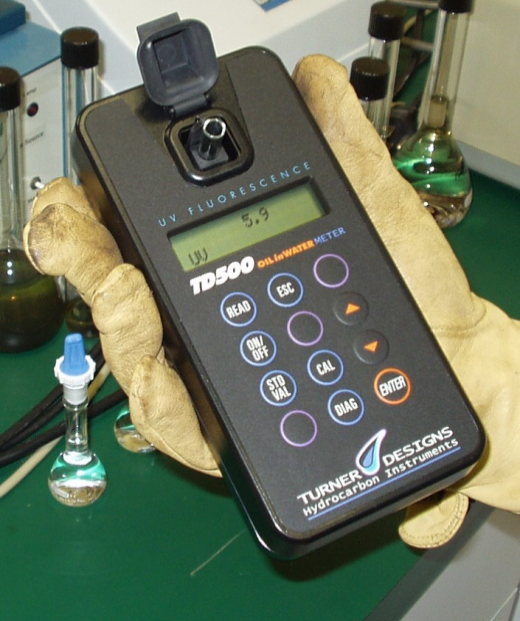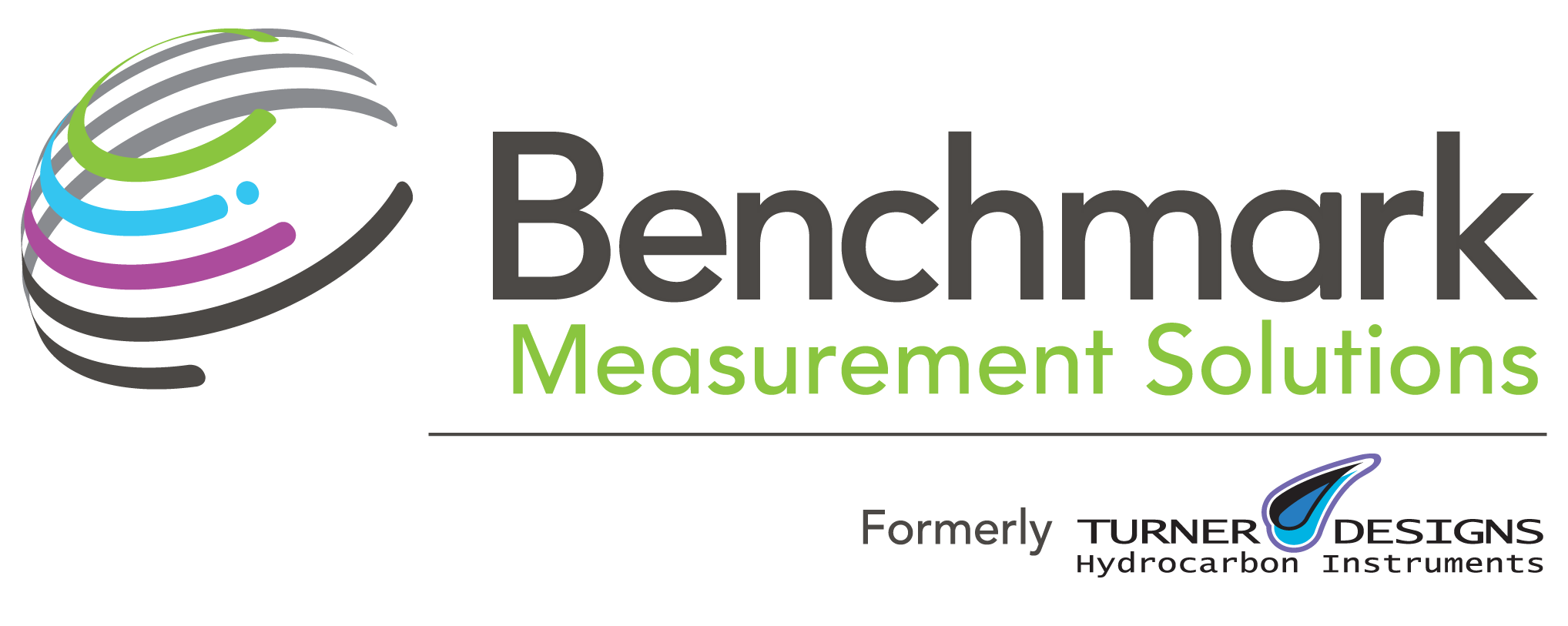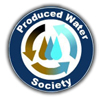The Situation
California is currently facing one of the most severe droughts in recorded history. In order to mitigate the drought conditions, various water conservation measures have already been implemented, and others are being considered. One method under consideration is using the advanced treatment of produced water to make it available for irrigation. A major challenge to the success of this method is economically treating the produced water to achieve the quality mandated by California’s irrigation regulations.
The Problem
A San Joaquin Valley company sought to overcome this obstacle by conducting a pilot test on its advanced treatment membrane system. After commencing the test, the manufacturer quickly realized that its decision making ability was severely hindered by its current water sample analysis method. The company was using the gas chromatograph 8015 laboratory method, which provided a sample analysis in approximately 3 to 5 days with an estimated cost of $250 per sample. The membrane manufacturer required a sample analysis method that could provide both low cost per sample analysis and, most importantly, immediate results. This would allow it to obtain sufficient data in a timely manner and make necessary adjustments to the parameters of the skid within a reasonable timeframe.
The Solution
Upon the manufacturer’s request, we visited its facility in Bakersfield and provided both a demonstration and training on how to use our handheld TD-500D oil in water meter. Based on the expected oil concentrations, which spanned from the low ppm range at the skid inlet to the ppb range at the skid outlet, we recommended the use of the solvent extraction method. We were able to train the company’s field technicians in less than a day on how to calibrate the analyzer, prepare a sample, and take a reading.

After the completion of the pilot test, the membrane manufacturer informed us that our handheld TD-500D significantly reduced its sample analysis time from days to minutes and lowered its overall sample analysis costs, which allowed it to collect samples at a much higher frequency. The more frequent sampling provided the manufacturer with a greater understanding of its system along with the process. This allowed the company to optimize the parameters of the water treatment system, with the added benefit of validating the performance of the skid to its customers.



